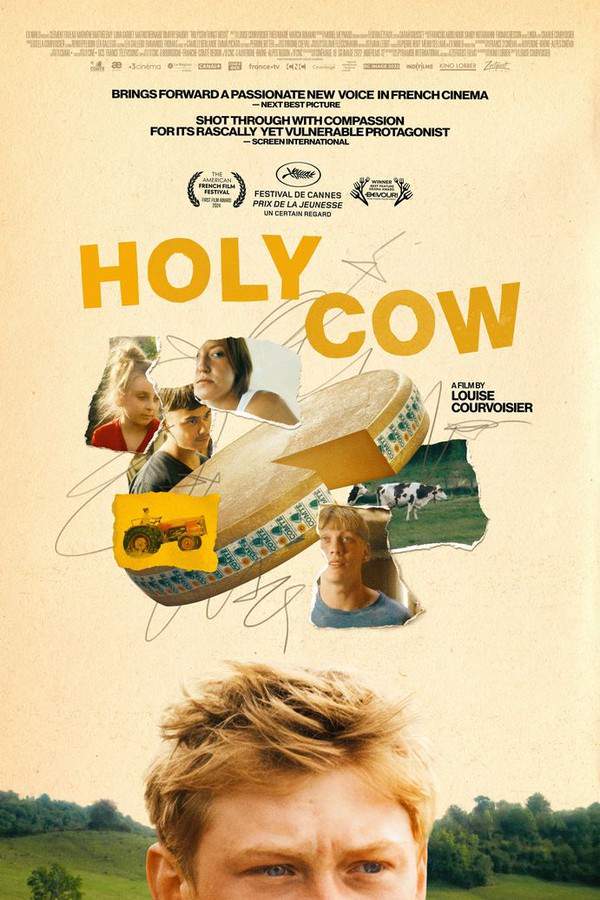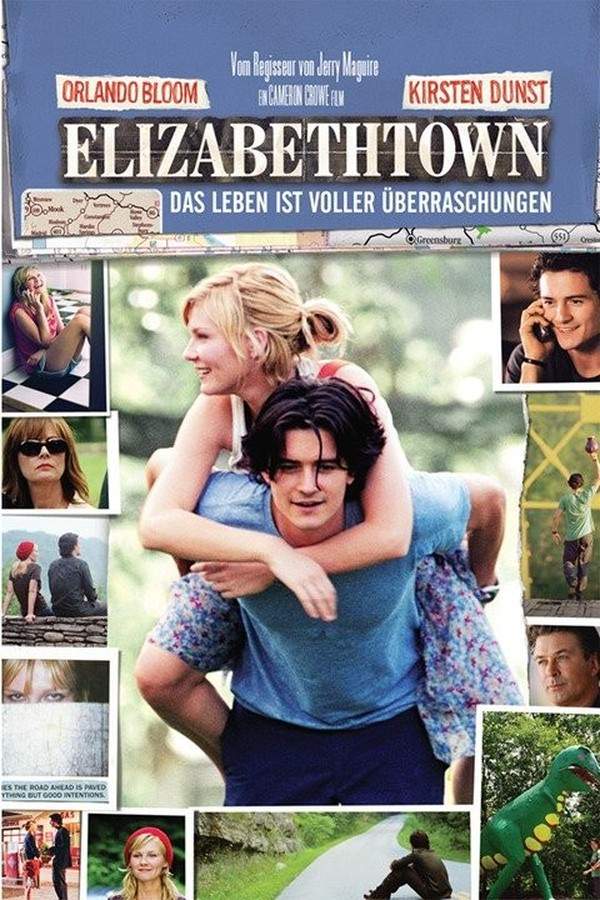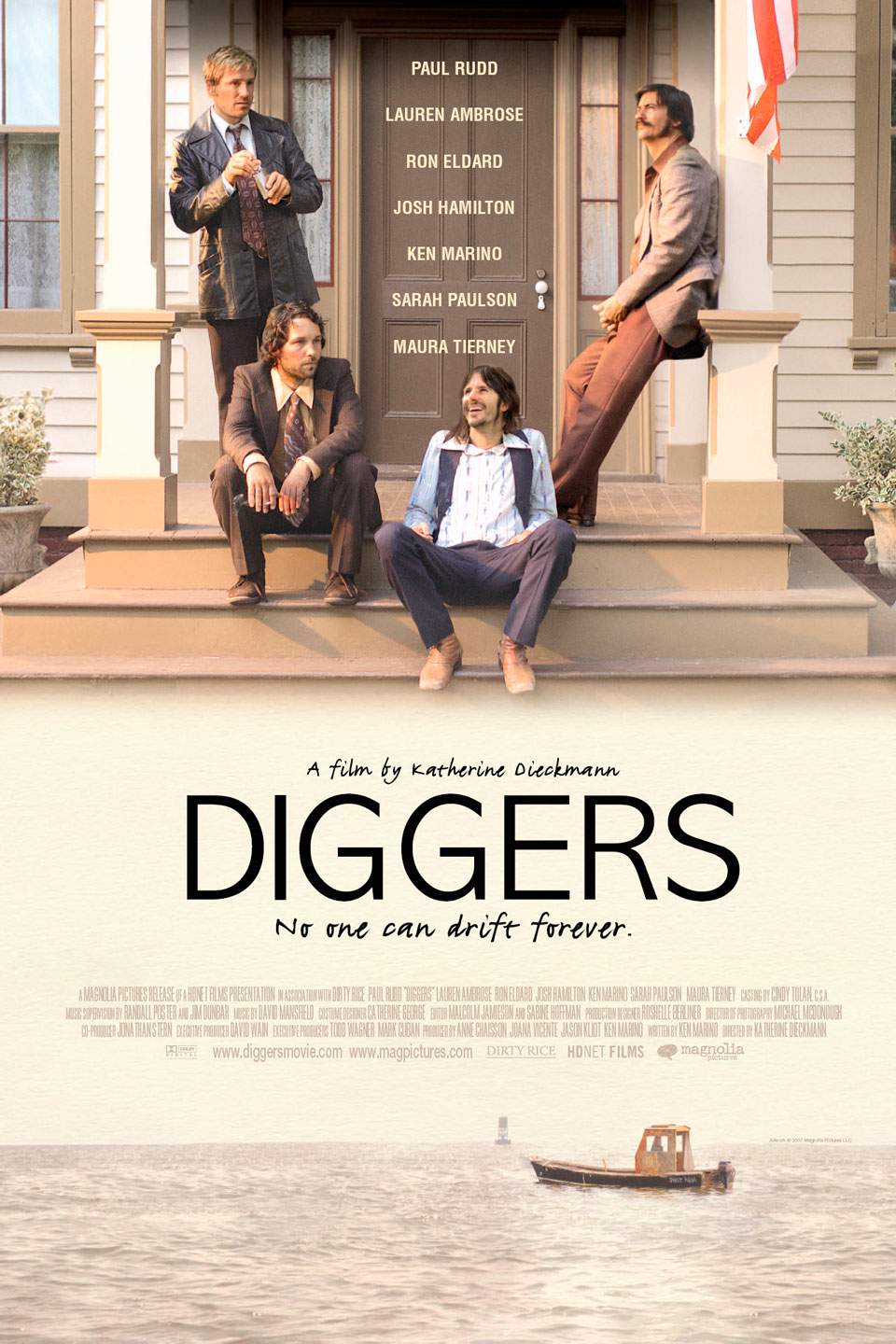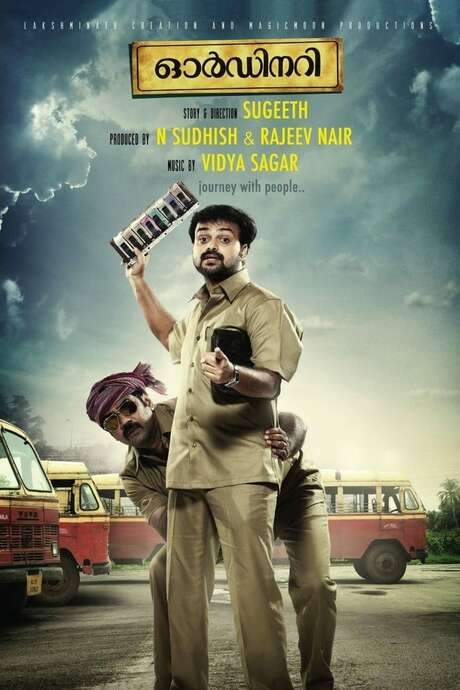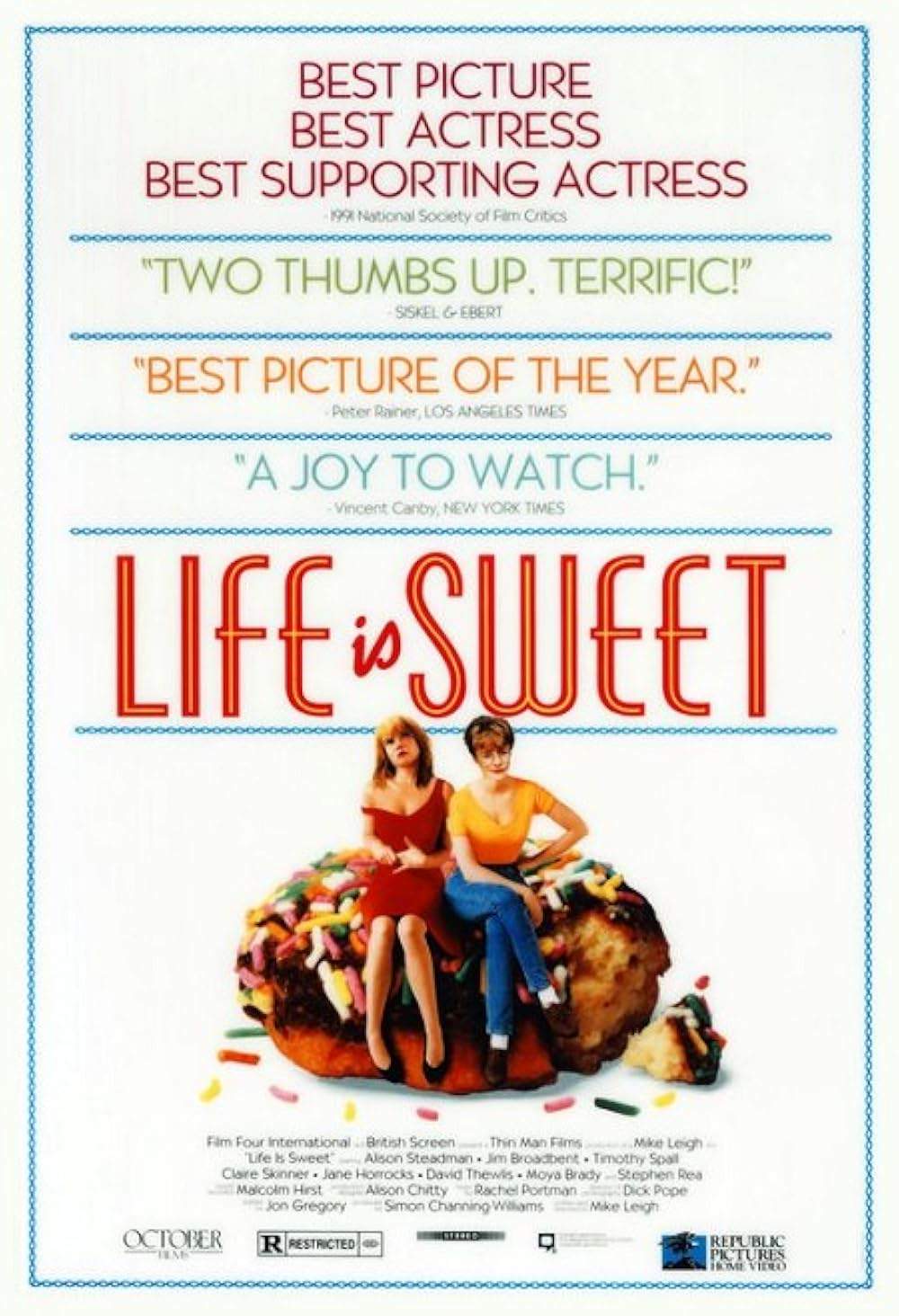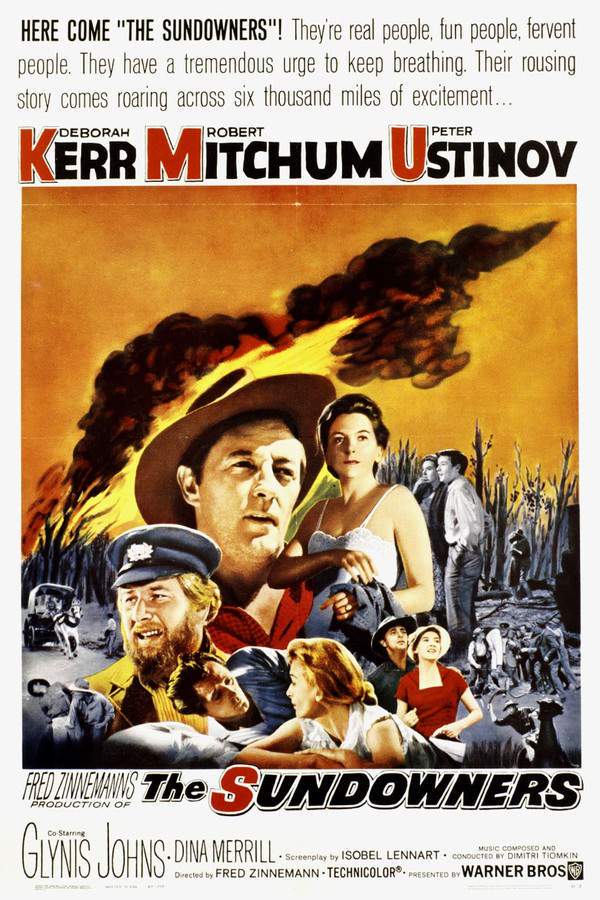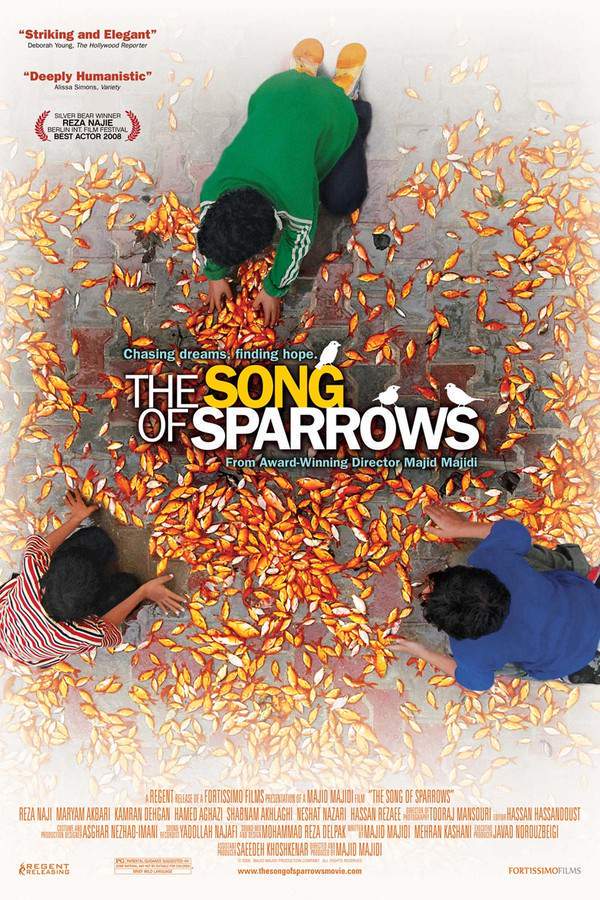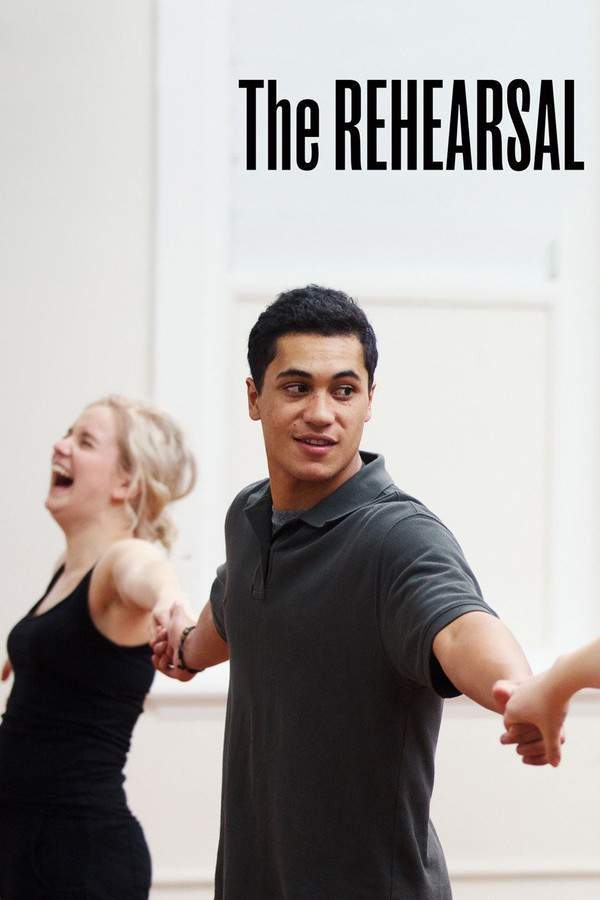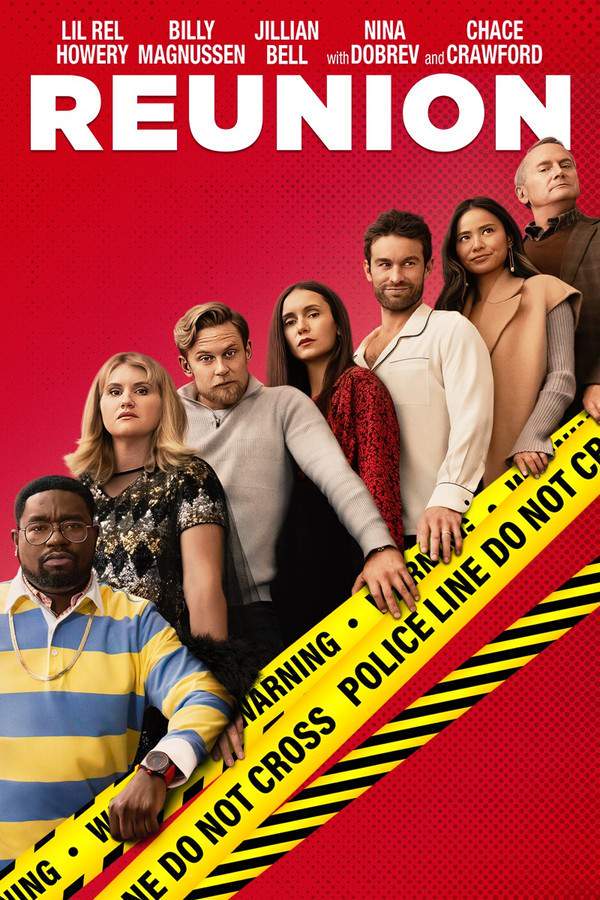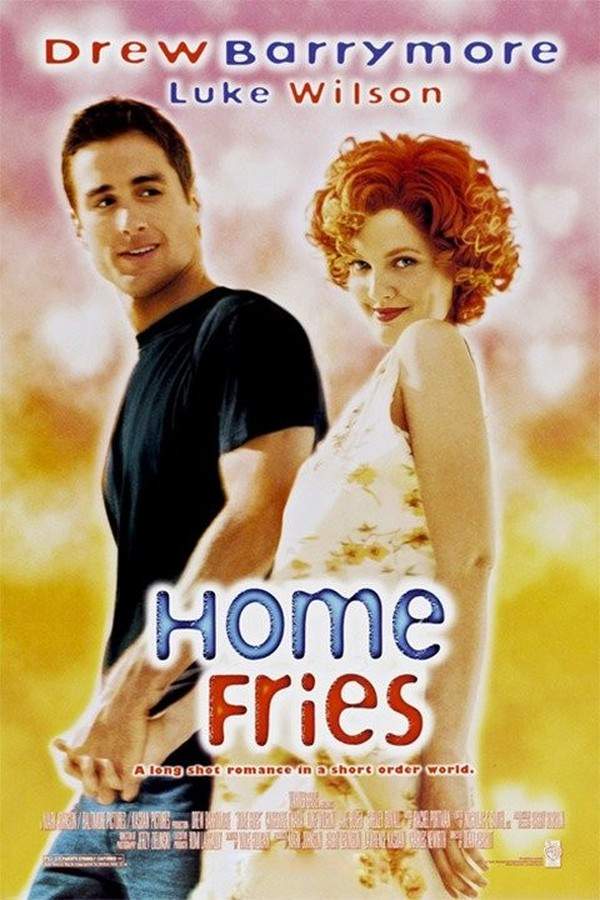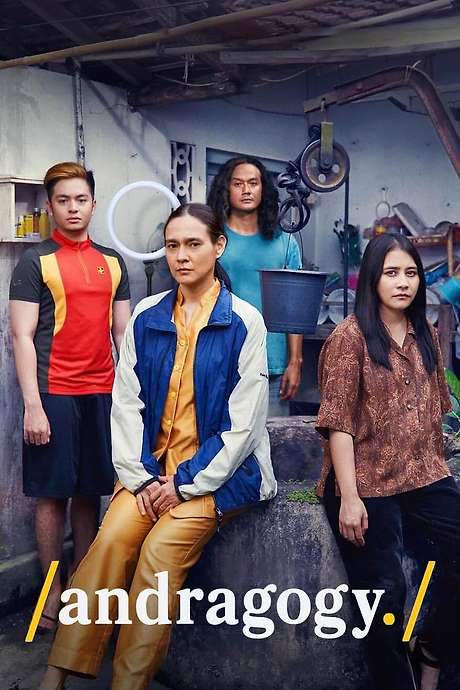
Guppy
Year: 2017
Runtime: 79 mins
Language: Russian
Director: Vlad Furman
Tamara's life takes an unexpected turn when she encounters Pasha while taking out the trash. A chance encounter leads to a visit, and soon Pasha finds himself in her apartment, where she reveals her deep affection for her husband, Lenechka. He rescued her from the countryside, settled her into a domestic life, and playfully nicknamed her "gupeshka," referencing an aquarium fish known for its quiet obedience and unwavering devotion to its keeper.
Warning: spoilers below!
Haven’t seen Guppy yet? This summary contains major spoilers. Bookmark the page, watch the movie, and come back for the full breakdown. If you're ready, scroll on and relive the story!
Guppy (2017) – Full Plot Summary & Ending Explained
Read the complete plot breakdown of Guppy (2017), including all key story events, major twists, and the ending explained in detail. Discover what really happened—and what it all means.
Guppy, a bright schoolboy and gifted visual artist, uses his talent to brighten a modest life. He supports his disabled mother by breeding and selling ornamental fish, and he clings to a simple dream: someday buy her a motorized wheelchair so she can move with a little more ease. His days are filled with the lighthearted mischief of friends and the quiet charm of a village girl, Amina, who lives with her grandparents. In the background, the village nods toward a bigger change as the government approves a railway over-bridge project that will alter the landscape they’ve always known.
When the project’s lead, Thejus Varkey, arrives on a motorcycle from the Himalayas, tension ripples through the community. Their first meeting is prickly—Guppy offends him while serving tea, and a stubborn push-pull relationship quickly forms. A near accident becomes a pretext for Guppy and his friends to press Thejus for money, sharpening the clash between youthful bravado and professional duty. The dispute intensifies after Thejus pressures the village officer to pare down Guppy’s compensation for his fish, prompting Guppy to vandalize the engineer’s jeep. The conflict reaches a fever pitch when Thejus slaps Guppy, who retaliates by striking back with a stone. Soon after, the team’s tent is mysteriously burned, forcing Thejus to press on with the work largely alone.
As Thejus studies the canals, his actions escalate in a way that feels personal to the village. He orders the demolition of Guppy’s fish tanks and the roadside stall under the pretense of illegal construction, instantly wiping out the boy’s livelihood. Desperation leads Guppy to hire a thug to target the engineer, and the plan goes awry when Thejus is stabbed. The moment shakes Guppy to his core, and he realizes the fear of retaliation has deeper roots than he imagined. The true attacker turns out to be Uppooppa, the railway gate operator who faced losing his job once the bridge was built. The revelation drives Uppooppa to the hospital, where guilt weighs heavily on him and the village alike.
With time to recover, Thejus recognizes how his presence has torn at the fabric of Guppy’s family and Uppooppa’s. He comes to believe the bridge project is politically motivated and technically questionable, and he ultimately cancels it. In a bid for reconciliation, he forgives Uppooppa, pledges support for Amina’s education, and arranges to rebuild Guppy’s ruined livelihood by restoring the fish tanks. Guppy’s first instinct is to rush to tell his mother the good news, but the moment is heartbreakingly tempered by the news that she has died, and the long-sought wheelchair remains unfinished on the way.
As the story unfolds, an elderly villager, Tinku, reveals Thejus’s hidden history: years earlier, during the inauguration of the Omallur Bridge, Thejus lost his parents, wife, and young daughter Malu in a terrible accident. Riding becomes his coping mechanism, and in a strange, protective way he comes to see every child as Malu. The railway over-bridge project, in his mind, becomes his one major work since that tragedy, a way to reclaim some sense of purpose.
In the closing sequence, Thejus is shown moving forward through the Himalayas, carrying Malu’s memory as a quiet presence that finally allows him to find peace. Guppy, meanwhile, discovers a sense of belonging and care in the community’s renewed support, honoring his mother’s wish that he would not be left alone. The film ends on a note of quiet resolve: a boy who found strength in art and friendship, and a man who found healing in forgiveness, walking separate paths that have become inseparable in memory and meaning.
Last Updated: October 09, 2025 at 15:48
Explore Movie Threads
Discover curated groups of movies connected by mood, themes, and story style. Browse collections built around emotion, atmosphere, and narrative focus to easily find films that match what you feel like watching right now.
Bittersweet rural dramas like Guppy
Quiet dramas where personal loss and communal healing intertwine in a small-town setting.If you liked the quiet melancholy and communal healing in Guppy, explore more movies like it. These films feature characters navigating grief and finding bittersweet redemption within the intimate, often challenging, world of rural life.
Narrative Summary
Stories in this thread typically follow characters who are deeply affected by a personal loss or trauma. Their journey is not about escaping their environment, but about reconciling with it and the people within it. The narrative often builds steadily from a place of quiet sorrow towards an ending that acknowledges the pain but offers a glimmer of hope or resolution, without being entirely happy.
Why These Movies?
These movies are grouped together because they share a specific mood: a blend of reflective melancholy and quiet hopefulness, set against a backdrop of rural authenticity. They favor steady pacing, medium emotional weight, and character-driven stories that prioritize emotional truth over dramatic plot twists.
Movies with tense grief like in Guppy
Stories where unresolved pain erupts into tense, life-altering confrontations.For viewers who appreciated the tense confrontations stemming from grief in Guppy, this collection features similar movies. Discover stories where emotional pain leads to climactic, life-changing encounters and a difficult path toward forgiveness or understanding.
Narrative Summary
The narrative pattern involves a character, often an antagonist or a secondary protagonist, whose actions are driven by a hidden tragedy. The film slowly reveals this backstory, recontextualizing their behavior. The plot builds towards a direct, tense confrontation between this grieving character and others, which serves as the emotional climax and catalyst for change, even if the resolution remains bittersweet.
Why These Movies?
These films are united by their exploration of grief as a source of conflict. They masterfully balance quiet, reflective moments with spikes of intense interpersonal tension. The mood is a specific mix of melancholic reflection and confrontational drama, creating a compelling and emotionally resonant experience.
Unlock the Full Story of Guppy
Don't stop at just watching — explore Guppy in full detail. From the complete plot summary and scene-by-scene timeline to character breakdowns, thematic analysis, and a deep dive into the ending — every page helps you truly understand what Guppy is all about. Plus, discover what's next after the movie.
Guppy Timeline
Track the full timeline of Guppy with every major event arranged chronologically. Perfect for decoding non-linear storytelling, flashbacks, or parallel narratives with a clear scene-by-scene breakdown.

Characters, Settings & Themes in Guppy
Discover the characters, locations, and core themes that shape Guppy. Get insights into symbolic elements, setting significance, and deeper narrative meaning — ideal for thematic analysis and movie breakdowns.

Guppy Spoiler-Free Summary
Get a quick, spoiler-free overview of Guppy that covers the main plot points and key details without revealing any major twists or spoilers. Perfect for those who want to know what to expect before diving in.

More About Guppy
Visit What's After the Movie to explore more about Guppy: box office results, cast and crew info, production details, post-credit scenes, and external links — all in one place for movie fans and researchers.


